Infrared therapy works when the right dose and wavelength are used. It boosts cellular energy, reduces inflammation, and supports recovery. But results depend on consistent use and device quality.

Does Infrared Therapy Work? At a Glance
-
Yes, when it’s used correctly. Infrared light can activate mitochondria, fuel cellular repair, and reduce inflammation.
-
Not all devices are effective. Underpowered LEDs or vague wavelength claims often mean zero results.
-
Consistency matters. Most users need 3–5 sessions per week for 2–3 weeks before noticing results.
-
Tracking helps. Logging session time, zones, and outcomes makes it easier to see what’s working.
How Infrared Therapy Affects the Body
Photo Source -> National Library of Medicine
Infrared light stimulates the mitochondria. Once activated, they begin producing more ATP, the fuel that powers healing, repair, and energy output. This increase supports faster cell turnover, reduced inflammation, and better performance in stressed or damaged tissue.
Alongside ATP, infrared triggers nitric oxide release, which opens blood vessels and improves circulation.
The result is more oxygen, more nutrients, and faster clearance of cellular waste. This process helps explain why people using infrared light near joints, the spine, or muscles often notice smoother movement and less stiffness over time.
How Red and Near-Infrared Light Are Different
Photo Source -> National Library of Medicine
Red light typically ranges from 630 to 660 nanometers. It stays closer to the surface and is used for skin, scars, and shallow tissue support. Near-infrared (NIR), on the other hand, penetrates deeper. Wavelengths like 810, 850, or 940 nanometers reach into muscle, nerves, and joints.
Deeper penetration means the light can influence circulation, lymph movement, and nerve communication in ways that go beyond the dermis.
Where People Are Seeing Results
Relief From Muscle and Joint Pain
Infrared therapy is widely used to manage pain linked to inflammation, tightness, or repetitive strain. People recovering from injuries or managing chronic tension often apply light over the lower back, knees, hips, or neck.
The effects often build gradually.
Near-infrared wavelengths are favored for deeper muscle and connective tissue exposure, especially in routines that target large muscle groups or postural discomfort. People using infrared pads multiple times per week tend to notice better recovery windows during heavy training blocks or high-activity periods.
Device Strength, Bulb Type, and Layout
Not all light therapy devices deliver the same results. Power output, LED density, and wavelength spread affect how deep the light reaches and how evenly it covers the body. Masks often fall short for deep-tissue recovery, while higher-output panels give users a better shot at reaching muscle, fascia, or joints.
Targeting Specific Zones of the Body
Each body zone responds differently to red and near-infrared light. Facial treatments using red light usually stay around 20 minutes and use close-range exposure. Joint and muscle zones, especially the knees, shoulders, and back, require longer sessions and benefit from stronger infrared delivery.
People treating gut or pelvic zones often turn to wraparound formats or soft pads. These allow for better contact and less light loss at odd angles. The Lumara Pad works well for flexible targeting across abs, hips, or thighs, especially in routines that require hands-free treatment while lying down or seated.
Time and Dose Matter
Results often depend on how frequently and consistently light therapy is used. Sessions under 5 minutes tend to be too brief, while exposure beyond 25–30 minutes can fatigue sensitive areas. Most users find 10 to 20 minutes per zone, three to five times a week, yields noticeable shifts.
Different outcomes call for different exposure windows. Shorter, mid-day sessions can support energy and mood. Longer, lower-light treatments after movement often pair well with mobility or soft-tissue care. Progress tends to be gradual. People who track outcomes weekly, like joint mobility or post-workout stiffness, have an easier time refining their approach.
What to Track
People who log their sessions tend to notice progress sooner. Tracking muscle stiffness, sleep cycles, digestion, or skin texture across two to three weeks helps spot patterns. Some use body maps to mark exposure zones, while others track minutes and light intensity in a journal or app.
What to Pair With It
Infrared therapy pairs well with light stretching or mobility work, especially when applied to joints or muscle groups. Hydration supports lymphatic movement and helps flush metabolic waste released during sessions.
Evening use can support wind-down routines when timed with lower room lighting and screen dimming.
Some people combine sessions with herbal teas or slow-breathing practices to regulate nervous system tone. Others use red light to anchor their morning routines before coffee or screen exposure. It’s less about stacking therapies and more about syncing exposure with body rhythms already in motion.
What to Avoid
Underpowered devices tend to create false expectations. Smaller masks or mixed-spectrum LED gadgets may not deliver enough light to activate tissue beyond the surface. Red or infrared bulbs that flash or drop output midway through a session often fail to sustain useful intensity.
Why the Right Device Changes Everything
Most infrared devices promise results, they just don’t deliver the power to back it up.
The Lumara Pad was built differently. With dense LED spacing, deep-penetrating wavelengths, and medical-grade output, it targets inflammation and recovery zones other tools can’t touch. This isn’t wellness theater. It’s precision-engineered light therapy designed to work every time you turn it on. If you’ve tried cheap gadgets and felt nothing, now you know why.
This is the upgrade your recovery routine deserves.
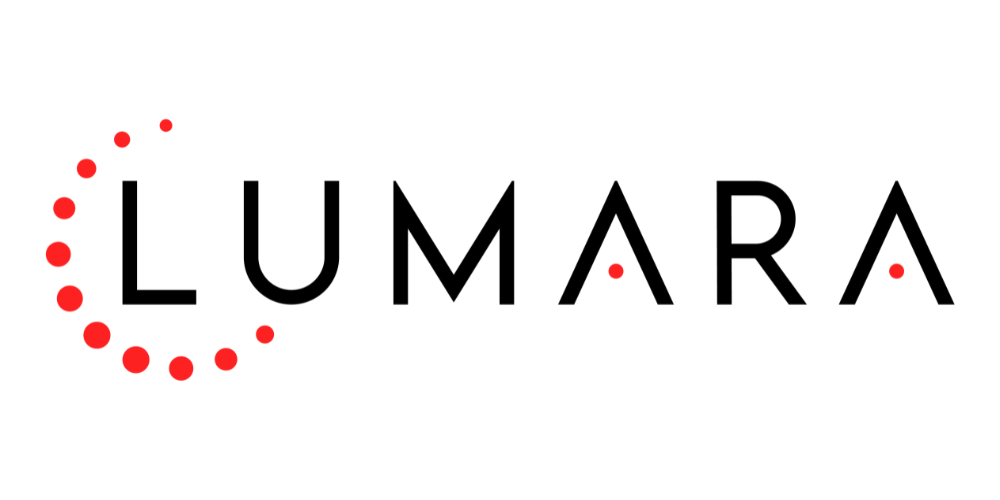
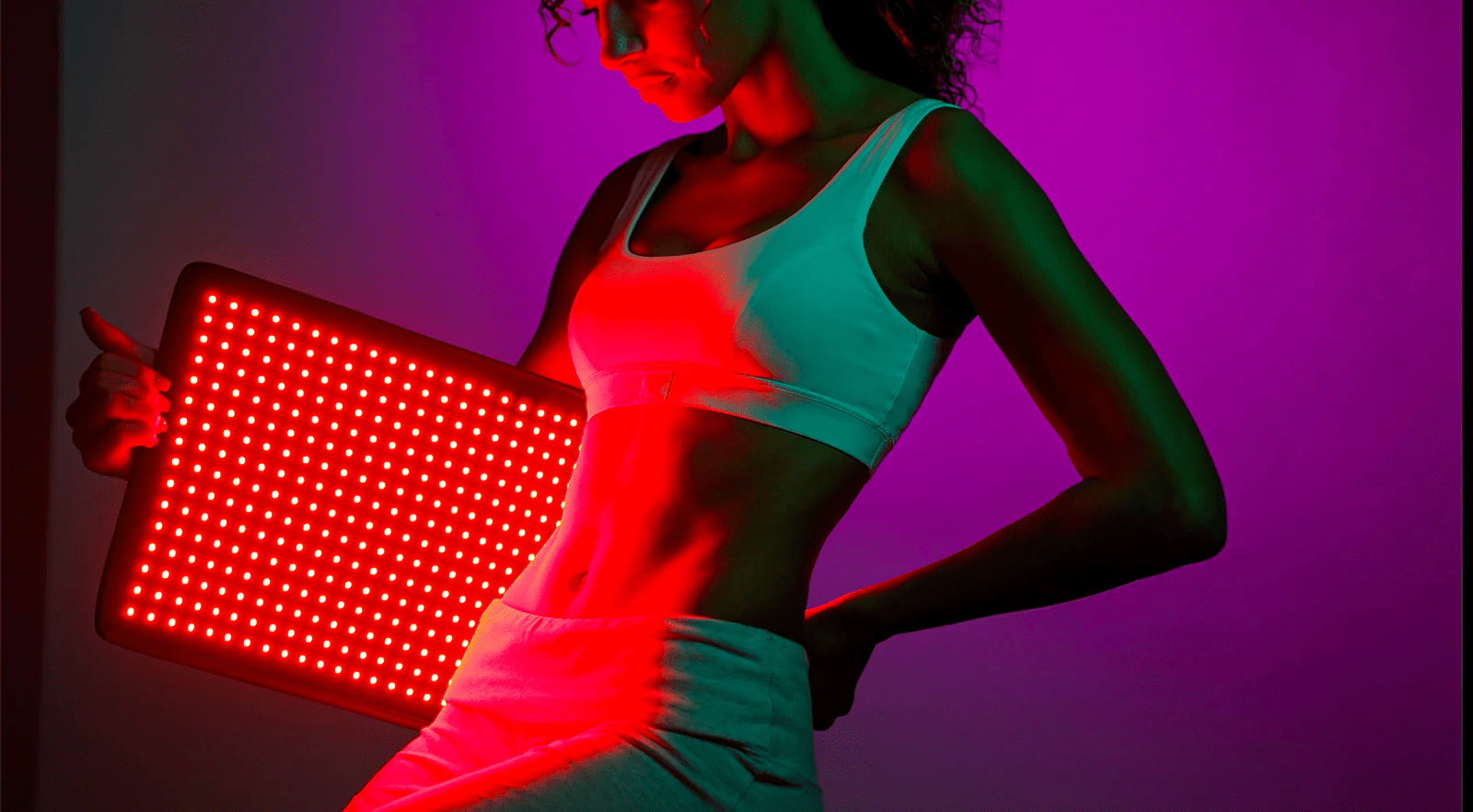
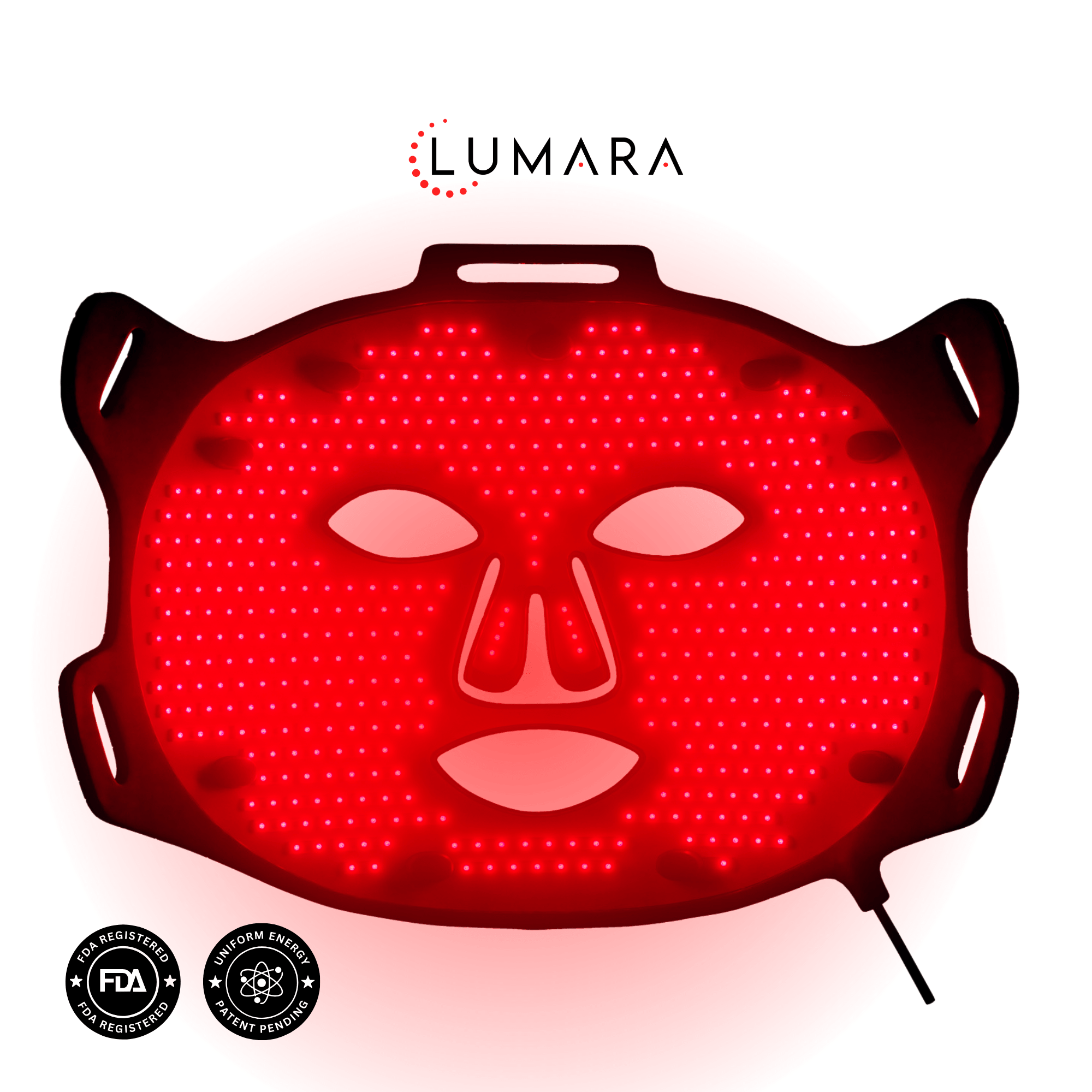

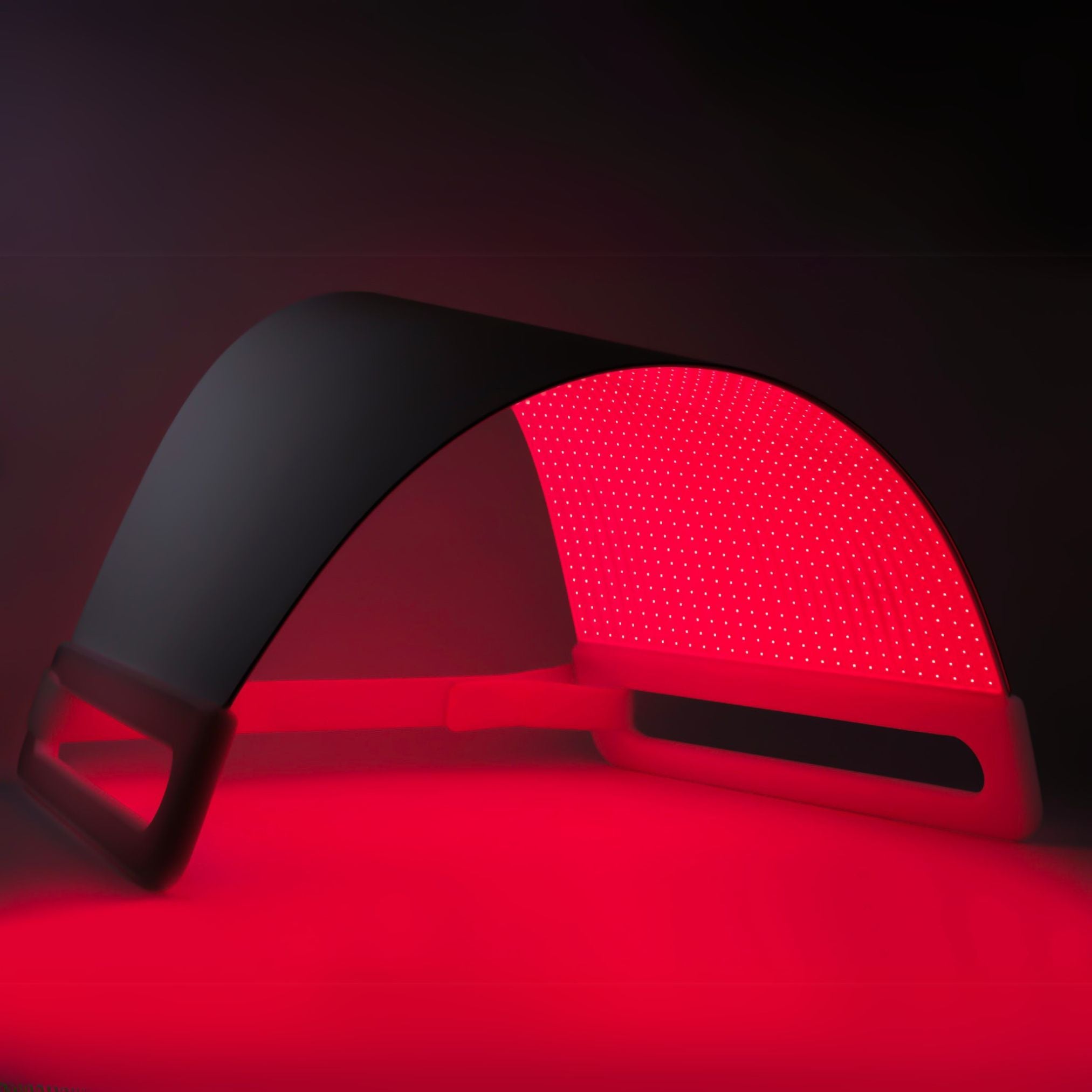
Share:
Do LED Masks Really Work? Effectiveness & Skin Benefits
Red Light Therapy For Wrinkles | Does It Work?